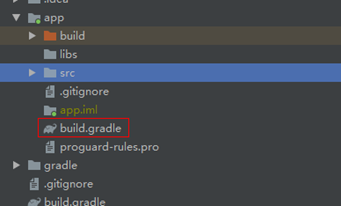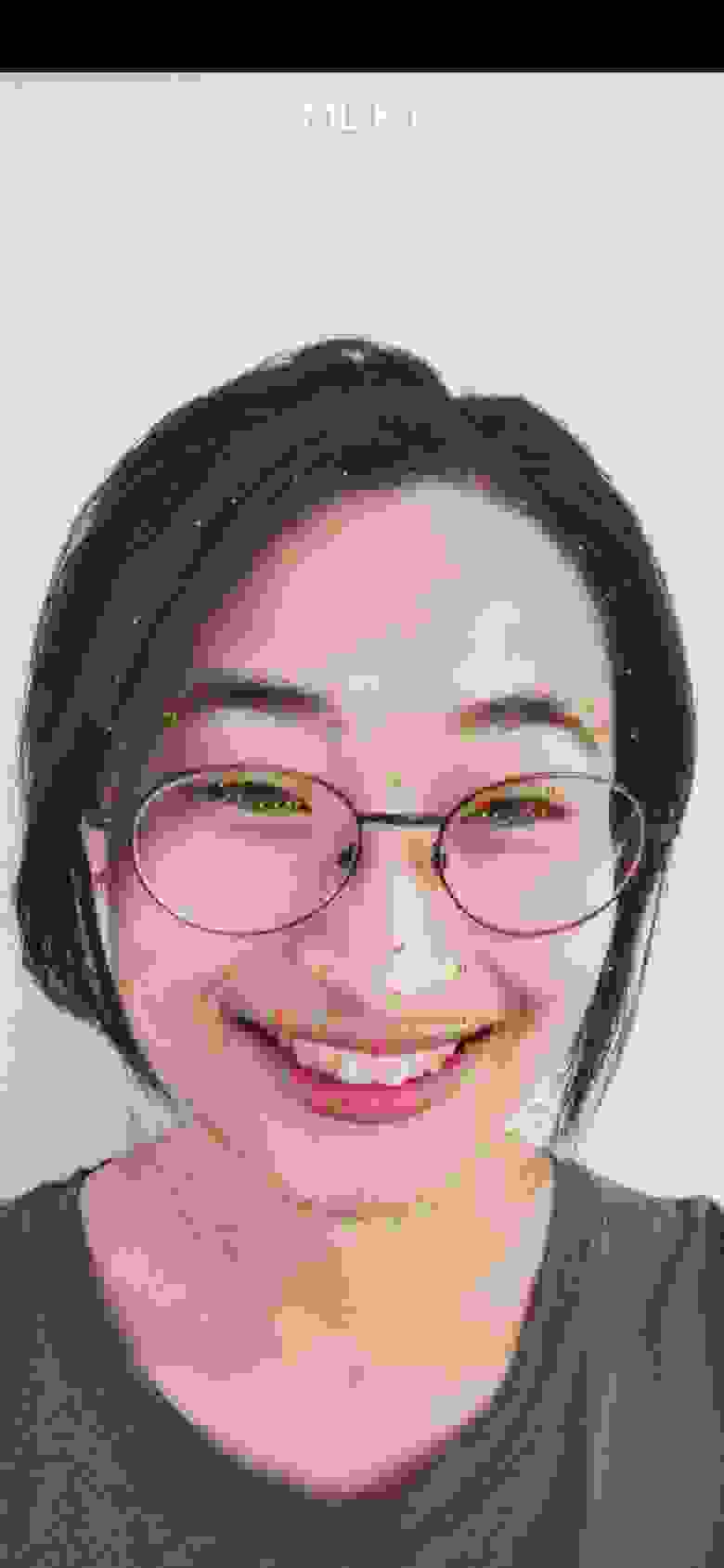Общая информация Сегодня мы повсюду видим милые и забавные наклейки с лицами.
Они используются не только в приложениях для камер, но также в социальных сетях и развлекательных приложениях.
В этой статье я покажу вам, как создавать 2D-стикеры с помощью инструмента HUAWEI ML Kit. Скоро мы также расскажем больше о процессе создания 3D-наклеек, так что следите за обновлениями!
Сценарии
Приложения для фотосъемки и редактирования, такие как селфи-камеры и социальные сети (TikTok, Weibo, WeChat и т. д.), часто предлагают набор наклеек для персонализации ваших изображений.С помощью этих стикеров пользователи могут создавать интересный и красочный контент и делиться им.
Подготовка
Добавьте репозиторий Huawei Maven в файл build.gradle уровня проекта.
Открыть файл build.gradle в корневом каталоге вашего проекта Android-студия .

Добавьте адрес репозитория Maven.
buildscript { { maven {url ' http://developer.huawei.com/repo/ '} } } allprojects { repositories { maven { url ' http://developer.huawei.com/repo/ '} } }
Добавьте зависимости SDK в файл build.gradle уровня приложения.

// Face detection SDK.
implementation 'com.huawei.hms:ml-computer-vision-face:2.0.1.300'
// Face detection model.
implementation 'com.huawei.hms:ml-computer-vision-face-shape-point-model:2.0.1.300'
Запросите разрешения камеры, сети и памяти в файле AndroidManifest.xml.
<!--Camera permission-->
<uses-feature android:name="android.hardware.camera" />
<uses-permission android:name="android.permission.CAMERA" />
<!--Write permission-->
<uses-permission android:name="android.permission.WRITE_EXTERNAL_STORAGE" />
<!--Read permission-->
<uses-permission android:name="android.permission.READ_EXTERNAL_STORAGE" />
Разработка кода
Настройте анализатор лица
MLFaceAnalyzerSetting detectorOptions;
detectorOptions = new MLFaceAnalyzerSetting.Factory()
.
setFeatureType(MLFaceAnalyzerSetting.TYPE_UNSUPPORT_FEATURES)
.
setShapeType(MLFaceAnalyzerSetting.TYPE_SHAPES)
.
allowTracing(MLFaceAnalyzerSetting.MODE_TRACING_FAST)
.
create();
detector = MLAnalyzerFactory.getInstance().
getFaceAnalyzer(detectorOptions);
Получите точки контура лица и передайте их в FacePointEngine.
Используя обратный вызов камеры, получите данные камеры, а затем вызовите анализатор лица, чтобы получить точки контура лица и передать эти точки в FacePointДвигатель .Фильтр стикеров сможет использовать их позже.
@Override
public void onPreviewFrame(final byte[] imgData, final Camera camera) {
int width = mPreviewWidth;
int height = mPreviewHeight;
long startTime = System.currentTimeMillis();
// Set the shooting directions of the front and rear cameras to be the same.
if (isFrontCamera()){
mOrientation = 0;
}else {
mOrientation = 2;
}
MLFrame.Property property =
new MLFrame.Property.Creator()
.
setFormatType(ImageFormat.NV21) .
setWidth(width) .
setHeight(height) .
setQuadrant(mOrientation) .
create(); ByteBuffer data = ByteBuffer.wrap(imgData); // Call the face analyzer API. SparseArray<MLFace> faces = detector.analyseFrame(MLFrame.fromByteBuffer(data,property)); // Determine whether face information is obtained. if(faces.size()>0){ MLFace mLFace = faces.get(0); EGLFace EGLFace = FacePointEngine.getInstance().
getOneFace(0); EGLFace.pitch = mLFace.getRotationAngleX(); EGLFace.yaw = mLFace.getRotationAngleY(); EGLFace.roll = mLFace.getRotationAngleZ() - 90; if (isFrontCamera()) EGLFace.roll = -EGLFace.roll; if (EGLFace.vertexPoints == null) { EGLFace.vertexPoints = new PointF[131]; } int index = 0; // Obtain the coordinates of a user's face contour points and convert them to the floating point numbers in normalized coordinate system of OpenGL. for (MLFaceShape contour : mLFace.getFaceShapeList()) { if (contour == null) { continue; } List<MLPosition> points = contour.getPoints(); for (int i = 0; i < points.size(); i++) { MLPosition point = points.get(i); float x = ( point.getY() / height) * 2 - 1; float y = ( point.getX() / width ) * 2 - 1; if (isFrontCamera()) x = -x; PointF Point = new PointF(x,y); EGLFace.vertexPoints[index] = Point; index++; } } // Insert a face object. FacePointEngine.getInstance().
putOneFace(0, EGLFace); // Set the number of faces. FacePointEngine.getInstance().
setFaceSize(faces!= null ? faces.size() : 0); }else{ FacePointEngine.getInstance().
clearAll();
}
long endTime = System.currentTimeMillis();
Log.d("TAG","Face detect time: " + String.valueOf(endTime - startTime));
}
На изображении ниже показано, как точки контура лица возвращаются с помощью API ML Kit. 
Определение данных стикера в формате JSON
public class FaceStickerJson {
public int[] centerIndexList; // Center coordinate index list. If the list contains multiple indexes, these indexes are used to calculate the central point.
public float offsetX; // X-axis offset relative to the center coordinate of the sticker, in pixels.
public float offsetY; // Y-axis offset relative to the center coordinate of the sticker, in pixels.
public float baseScale; // Base scale factor of the sticker.
public int startIndex; // Face start index, which is used for computing the face width.
public int endIndex; // Face end index, which is used for computing the face width.
public int width; // Sticker width.
public int height; // Sticker height.
public int frames; // Number of sticker frames.
public int action; // Action. 0 indicates default display. This is used for processing the sticker action.
public String stickerName; // Sticker name, which is used for marking the folder or PNG file path.
public int duration; // Sticker frame displays interval.
public boolean stickerLooping; // Indicates whether to perform rendering in loops for the sticker.
public int maxCount; // Maximum number of rendering times.
.
}
Сделайте наклейку с изображением кота.
Создать файл JSON для наклейки с котом и найдите центральную точку между бровями (84) и кончиком носа (85), используя указатель лица.
Вставьте кошачьи уши и нос, а затем поместите файл.
JSON и изображение в папку ресурсы .
{
"stickerList": [{
"type": "sticker",
"centerIndexList": [84],
"offsetX": 0.0,
"offsetY": 0.0,
"baseScale": 1.3024,
"startIndex": 11,
"endIndex": 28,
"width": 495,
"height": 120,
"frames": 2,
"action": 0,
"stickerName": "nose",
"duration": 100,
"stickerLooping": 1,
"maxcount": 5
}, {
"type": "sticker",
"centerIndexList": [83],
"offsetX": 0.0,
"offsetY": -1.1834,
"baseScale": 1.3453,
"startIndex": 11,
"endIndex": 28,
"width": 454,
"height": 150,
"frames": 2,
"action": 0,
"stickerName": "ear",
"duration": 100,
"stickerLooping": 1,
"maxcount": 5
}]
}
Преобразование наклейки в текстуру
Мы визуализируем наклейку в текстуру, используя класс GLSurfaceView - это проще, чем Просмотр текстуры .Создайте экземпляр фильтра стикеров в onSurfaceChanged , пройдите по пути стикера и запустите камеру.
@Override
public void onSurfaceCreated(GL10 gl, EGLConfig config) {
GLES30.glClearColor(0.0f, 0.0f, 0.0f, 1.0f);
mTextures = new int[1];
mTextures[0] = OpenGLUtils.createOESTexture();
mSurfaceTexture = new SurfaceTexture(mTextures[0]);
mSurfaceTexture.setOnFrameAvailableListener(this);
// Pass the samplerExternalOES into the texture.
cameraFilter = new CameraFilter(this.context);
// Set the face sticker path in the assets directory.
String folderPath ="cat";
stickerFilter = new FaceStickerFilter(this.context,folderPath);
// Create a screen filter object.
screenFilter = new BaseFilter(this.context);
facePointsFilter = new FacePointsFilter(this.context);
mEGLCamera.openCamera();
}
Инициализируйте фильтр стикеров в onSurfaceChanged.
@Override
public void onSurfaceChanged(GL10 gl, int width, int height) {
Log.d(TAG, "onSurfaceChanged. width: " + width + ", height: " + height);
int previewWidth = mEGLCamera.getPreviewWidth();
int previewHeight = mEGLCamera.getPreviewHeight();
if (width > height) {
setAspectRatio(previewWidth, previewHeight);
} else {
setAspectRatio(previewHeight, previewWidth);
}
// Set the image size, create a FrameBuffer, and set the display size.
cameraFilter.onInputSizeChanged(previewWidth, previewHeight);
cameraFilter.initFrameBuffer(previewWidth, previewHeight);
cameraFilter.onDisplaySizeChanged(width, height);
stickerFilter.onInputSizeChanged(previewHeight, previewWidth);
stickerFilter.initFrameBuffer(previewHeight, previewWidth);
stickerFilter.onDisplaySizeChanged(width, height);
screenFilter.onInputSizeChanged(previewWidth, previewHeight);
screenFilter.initFrameBuffer(previewWidth, previewHeight);
screenFilter.onDisplaySizeChanged(width, height);
facePointsFilter.onInputSizeChanged(previewHeight, previewWidth);
facePointsFilter.onDisplaySizeChanged(width, height);
mEGLCamera.startPreview(mSurfaceTexture);
}
Нарисуйте наклейку на экране с помощью onDrawFrame.
@Override
public void onDrawFrame(GL10 gl) {
int textureId;
// Clear the screen and depth buffer.
GLES30.glClear(GLES30.GL_COLOR_BUFFER_BIT | GLES30.GL_DEPTH_BUFFER_BIT);
// Update a texture image.
mSurfaceTexture.updateTexImage();
// Obtain the SurfaceTexture transform matrix.
mSurfaceTexture.getTransformMatrix(mMatrix);
// Set the camera display transform matrix.
cameraFilter.setTextureTransformMatrix(mMatrix);
// Draw the camera texture.
textureId = cameraFilter.drawFrameBuffer(mTextures[0],mVertexBuffer,mTextureBuffer);
// Draw the sticker texture.
textureId = stickerFilter.drawFrameBuffer(textureId,mVertexBuffer,mTextureBuffer);
// Draw on the screen.
screenFilter.drawFrame(textureId , mDisplayVertexBuffer, mDisplayTextureBuffer);
if(drawFacePoints){
facePointsFilter.drawFrame(textureId, mDisplayVertexBuffer, mDisplayTextureBuffer);
}
}
Случилось! Наклейка на лицо готова.
Давайте проверим это в действии! 
Для получения дополнительной информации перейдите на наш официальный сайт .
Вы также можете посмотреть пример кода .
Теги: #Машинное обучение #машинное обучение #Обработка изображений #Разработка для Arduino #обработка изображений #разработка для arduino

-
Эволюция Веб-Приложений
19 Oct, 24 -
Паттерн «Vip-Слушатель»
19 Oct, 24


